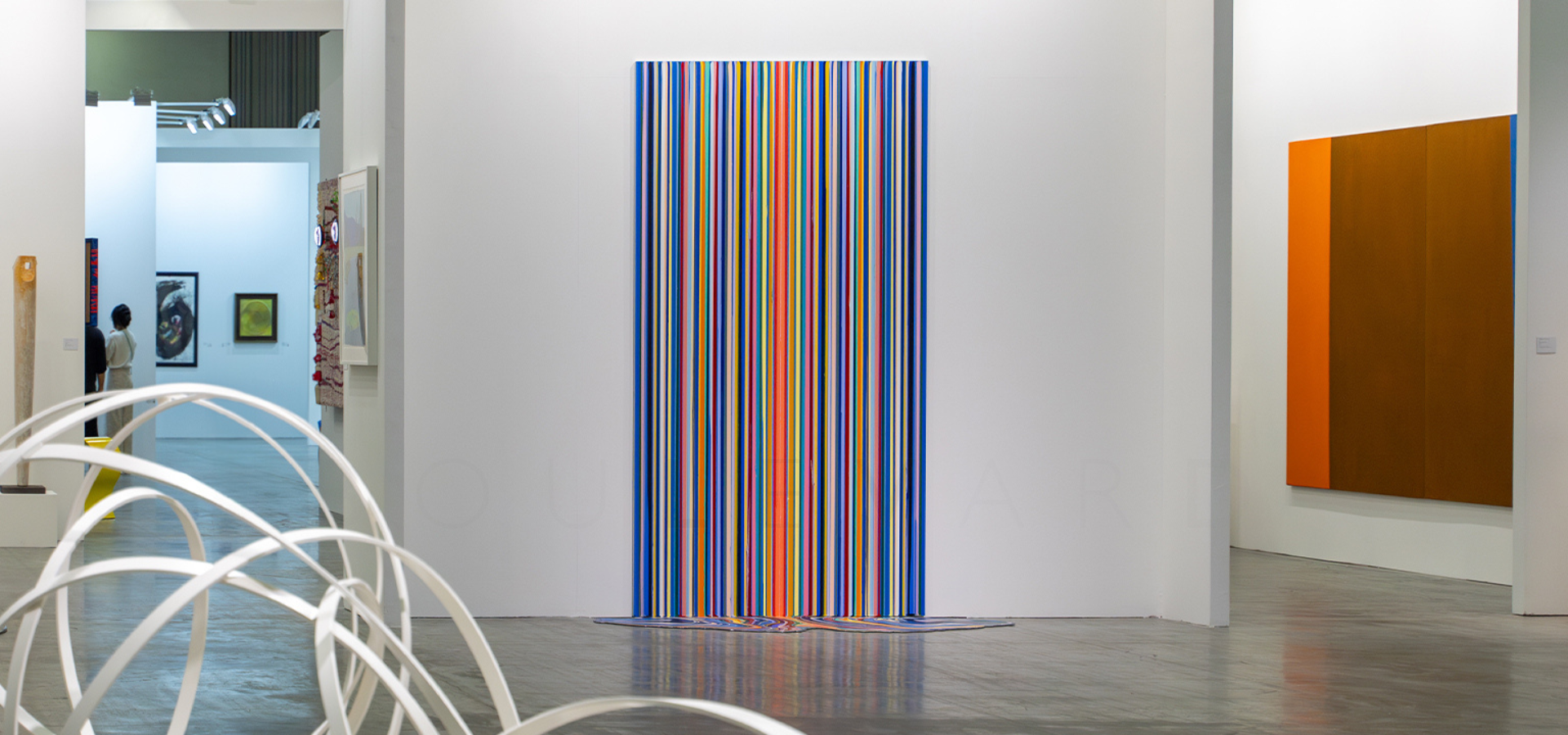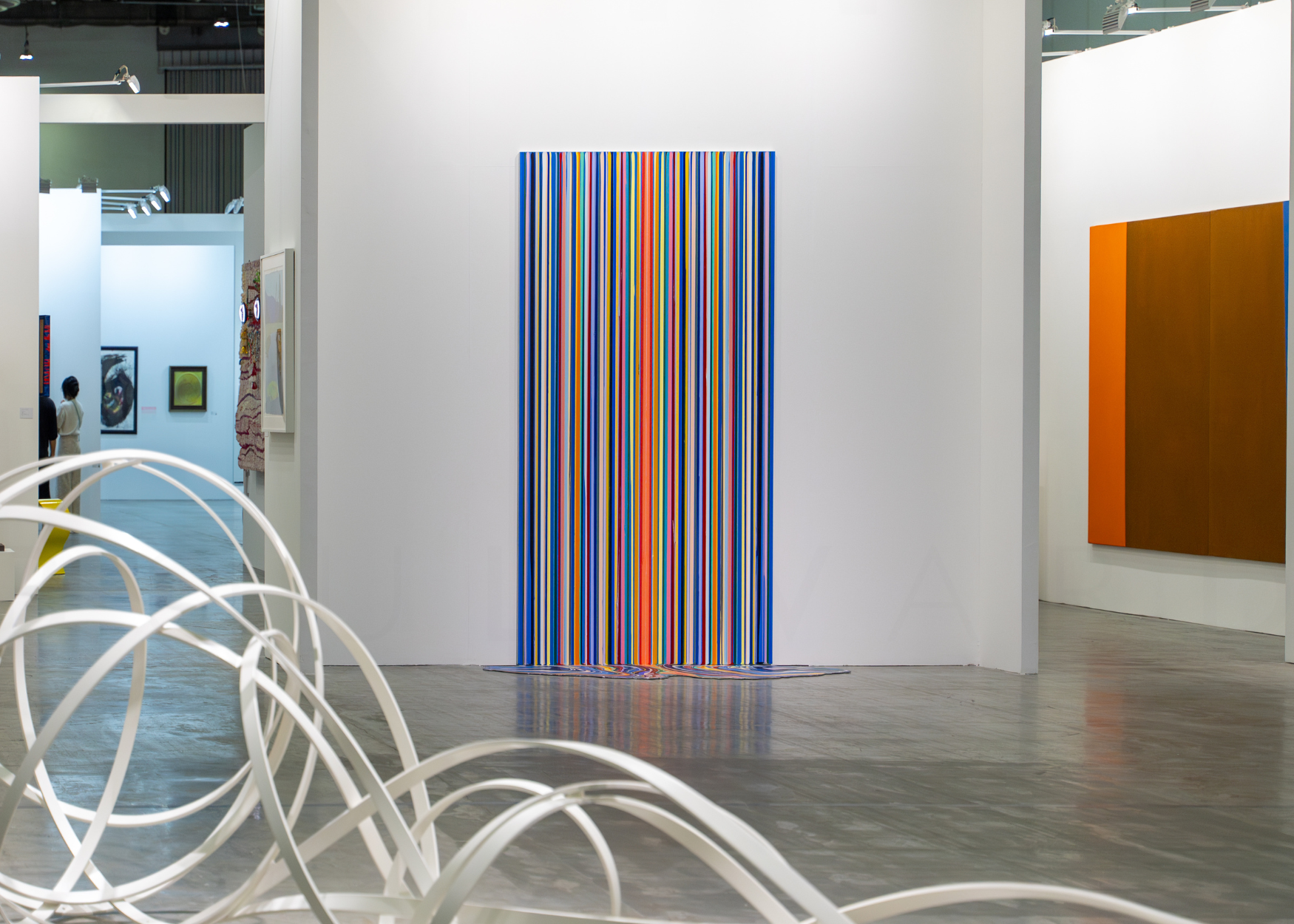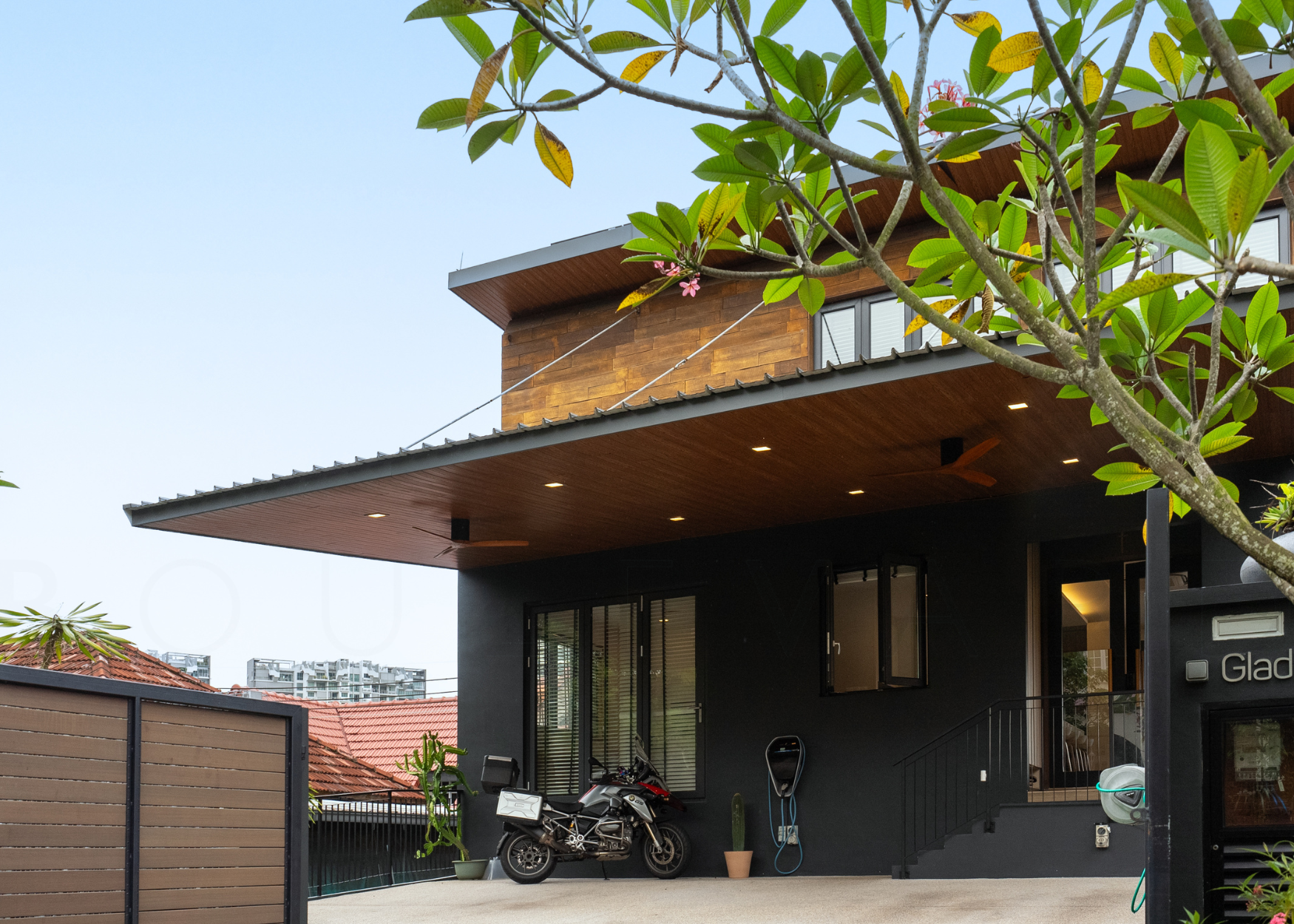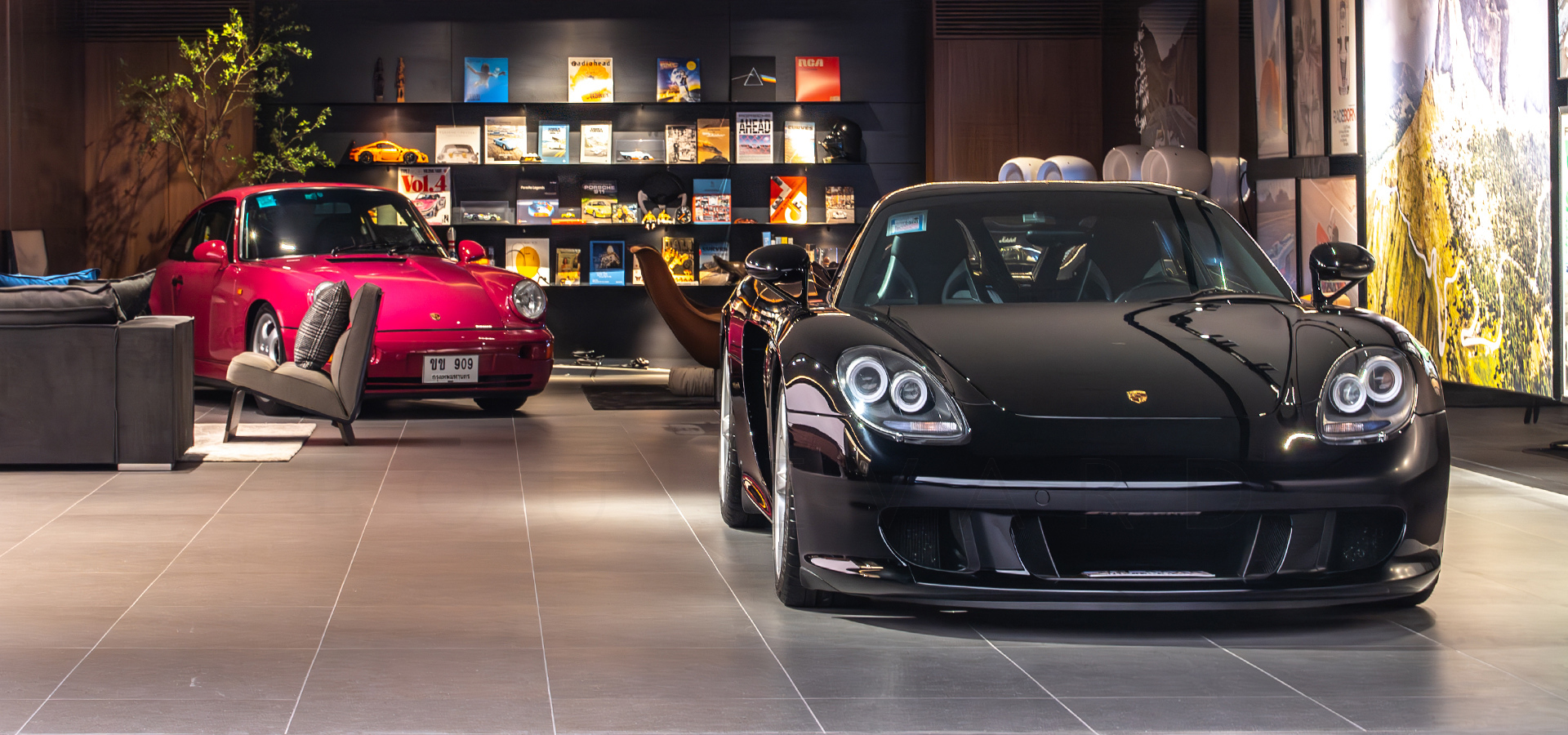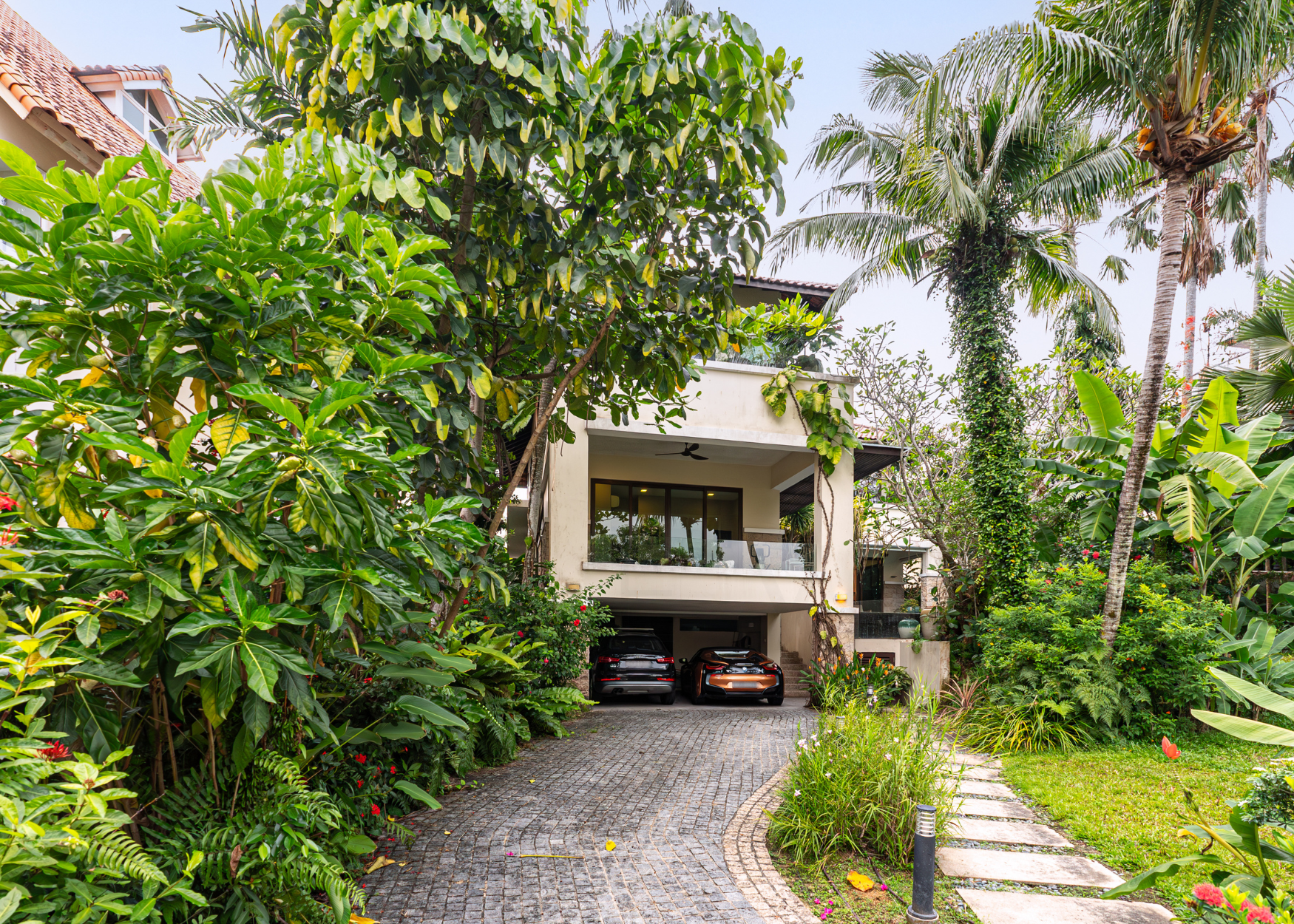The interview: Magnus Renfrew, co-founder of ArtSG, on the rising global interest in SEA artists
by Hamish McDougall
Photography by Jin Cheng Wong
Co-founder of ArtSG, Magnus Renfrew talks us through the rising regional art market, the growing global interest in Southeast Asian talents and the next generation of collectors.
Boulevard: So ArtSG is back for its third year, how have things changed?
Magnus Renfrew: There’s a very strong returnee audience, but there’s also new people who’ve come for the first time. Over the last three years, we’ve really started to build momentum. And all of the institutions now are putting their best foot forward to give a warm welcome to those that are coming to town. So the National Gallery, for example, posted an event for over a thousand people on Wednesday.
So, I think there’s a sense that everybody’s pulling in the same direction. And one of the recurring comments that we’ve had, both from people within Singapore but also more widely within Southeast Asia, is that we’ve got cut-through in terms of getting people’s attention. The overall awareness now of the fair is rapidly developing within the region and it’s becoming a must-attend event now, which bodes well for the next few years as we try to develop the fair further.
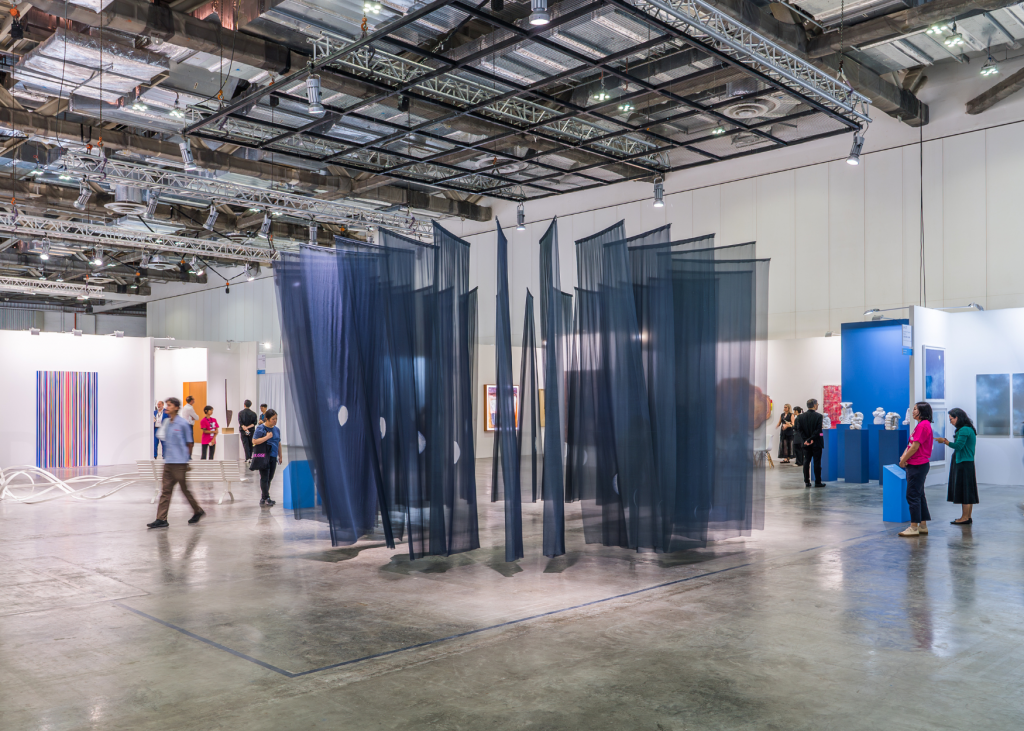
Blvd: Do you feel that art provides a relief from the current political and economic volatility – and perhaps pessimism – that you see around the world?
Renfrew: There are geopolitical and geo-economic uncertainties everywhere in the world. But I think it’s been an interesting moment for Singapore and Southeast Asia. I believe that this is the changing terminology about how people are engaging with Asia or talk about Asia. Around five or 10 years ago, people were talking about ‘the Asia-Pacific’. Now, really, people are talking about ‘the Indo-Pacific’, and I think that throws up a much greater relevance for Singapore, particularly, and also for Southeast Asia. While Singapore couldn’t really lay claim to be the capital of the Asia-Pacific, it’s the absolute de facto hub of the Indo-Pacific, because of its historical position as a key stop-off on the maritime Silk Group between India and China.
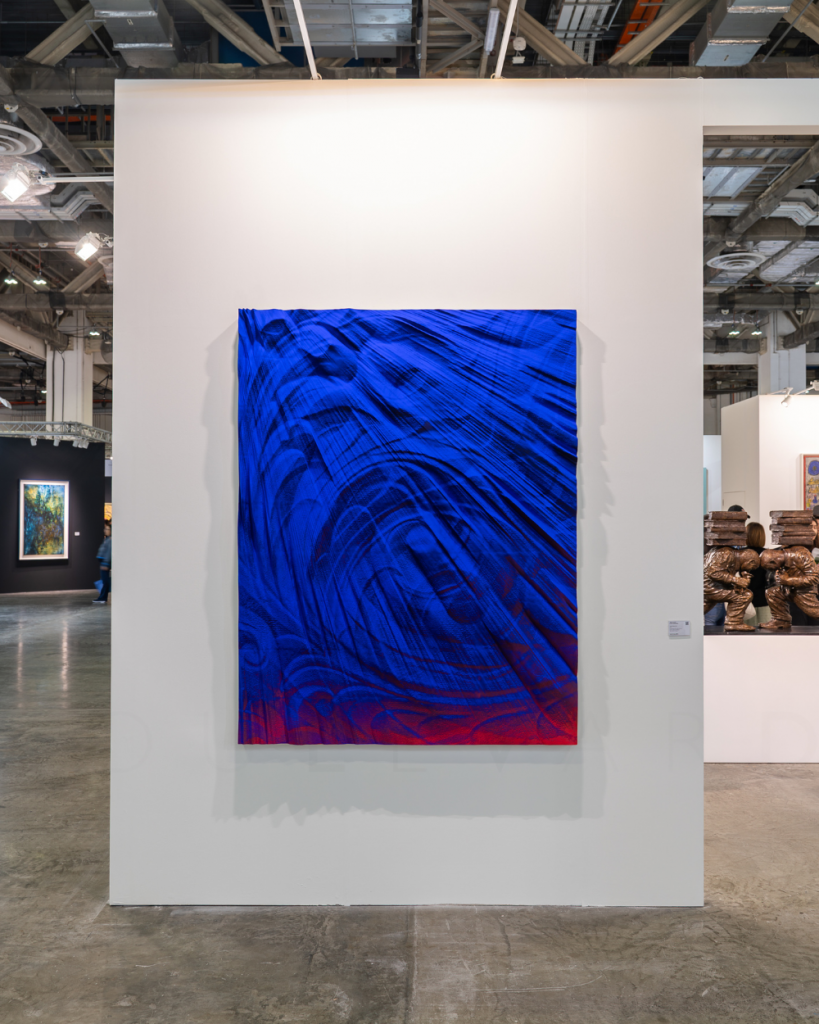
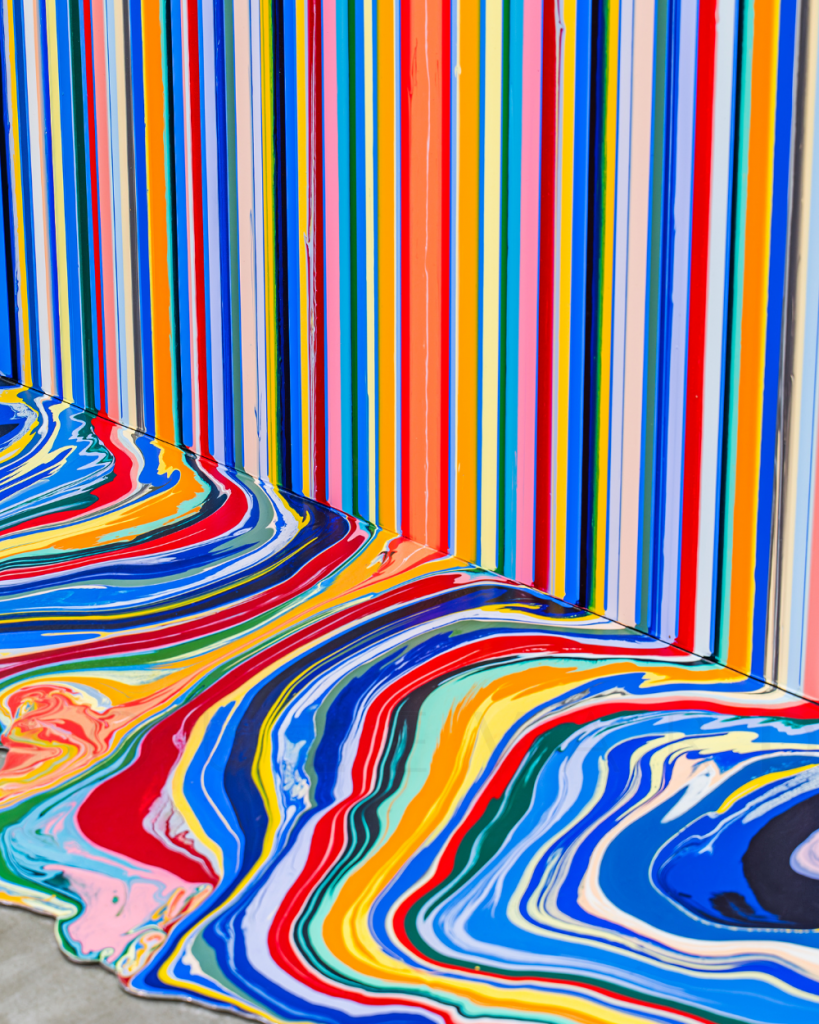
I also think within the present moment, the fact that it’s regarded now as probably the only truly neutral territory within the region means that there’s a comfort level here for everybody. There’s probably nowhere in the world where everybody feels so equally at home. And I think that’s an incredibly strong attribute that I’m not sure that everybody fully understands yet, but eventually will. I have every certainty that over the next five to 10 years, the growth and importance of the fair is going to be in lockstep with the bigger Singapore rising story.
Blvd: How does that relate to art and art practice in Singapore and Southeast Asia?
Renfrew: Well, in terms of the optimism side of things, the arts and art culture are wonderful ways to foster connections. It really crosses demographics and geographies.

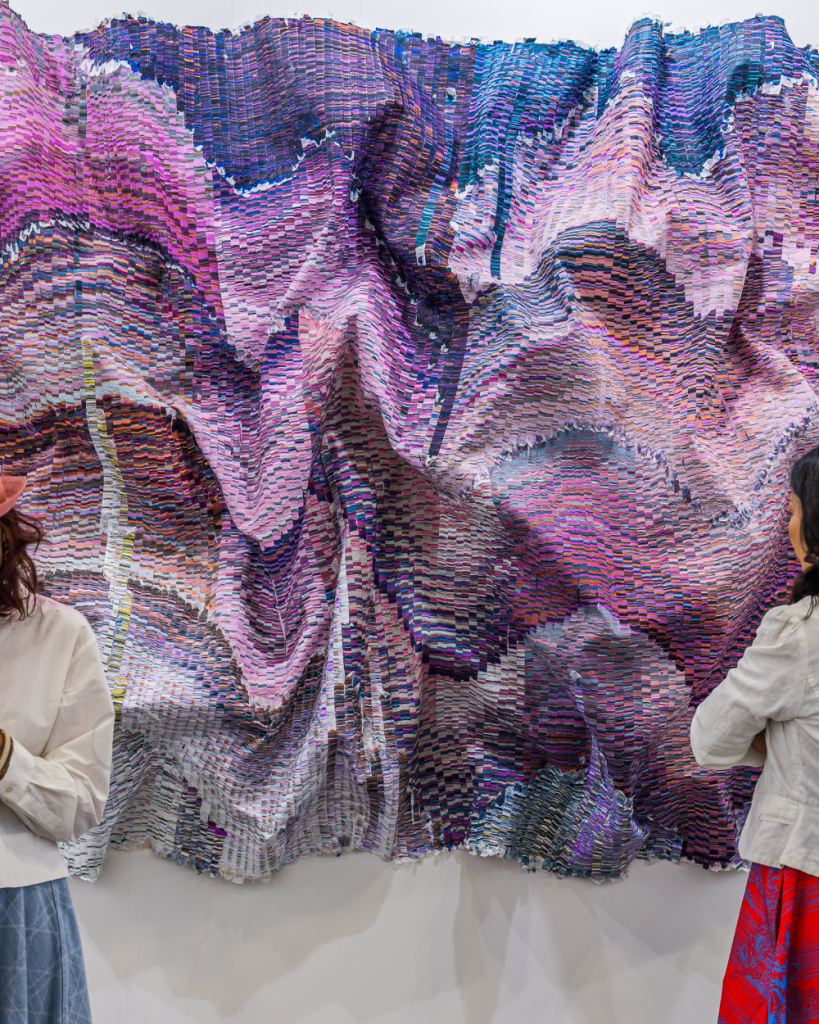
There are unexpected connections and they’re fostering this sense of community, of shared ambition to broaden the awareness and the interest in contemporary art within Southeast Asia – which is really exciting and dynamic. I think that is what’s fostering this sense of optimism. While it’s still too early to tell how sales will go this week, I’m sure we’ll see more clarity in the coming days. But I think if ‘okay’ becomes the new ‘fabulous’, and things turn out well, we’ll be in a strong position to build for the future.
Yesterday, in the halls, there was a noticeable absence of pessimism, which has been present in other parts of the world. If we continue on this trajectory of community-building, with all of us pulling together with a shared purpose, I believe we have a great opportunity in the years ahead.
Blvd: Have you noticed any changes over the years in the profile of collectors here – be they buyers, collectors or more investor-focused? Are they becoming more sophisticated? How do they compare to other markets you operate in?
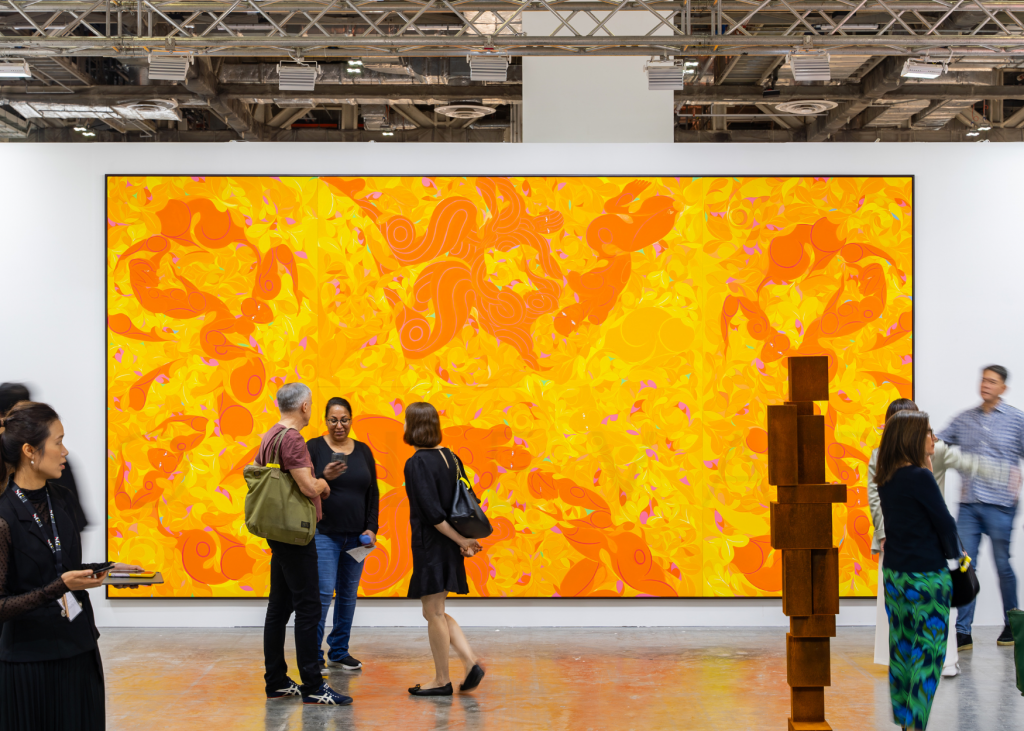
Renfrew: There are interesting things happening at every tier of the market. But there’s certainly a younger generation of collectors coming through, who are internationally engaged and really doing their research. They’re interested in art from all over the world, incredibly proud of their own heritage, but also open to looking at works from other cultural and aesthetic backgrounds.
According to the UBS Art Basel report, there’s a very high proportion of collectors who are new to collecting art within Singapore. And I do think that it’s certainly striking that the transformation has happened in the three years since the art fair has opened. So I do believe that an art fair can be a catalyst to expand an audience for arts and culture. I think that the work we’ve been doing over the last few years is making art part of the wider conversation.
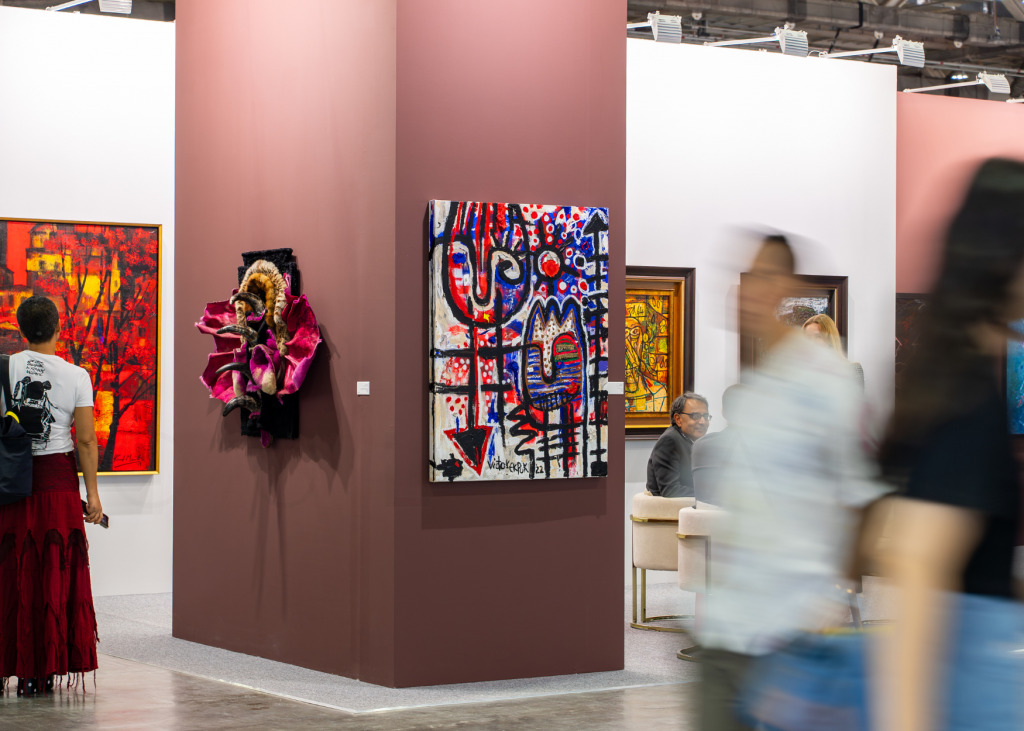
This week, friends have told me that there’s much greater awareness of the art fair. Everyone’s talking about it at dinner tables, business meetings, and so on, in a way we haven’t fully been able to achieve before. It’s a competitive marketplace for attention, so I think it’s very promising that we’ve managed to capture that kind of focus. It certainly feels like something is in the air.
“There’s a very high proportion of collectors who are new to collecting art within Singapore. And I do think that it’s certainly striking that the transformation has happened in the three years since the art fair has opened. So I do believe that an art fair can be a catalyst to expand an audience for arts and culture.”
Blvd: And how would you say this greater awareness translates in terms of the art practice happening in Southeast Asia?
Renfrew: I’m not sure that the awareness alone will have an immediate impact on the type of art being produced, but I do think that presenting leading art from around the world is a great resource for local artists. Sometimes, the general perception is that artists don’t particularly enjoy art fairs because they can feel too closely tied to the commercial side of things. Artists often feel quite vulnerable in that environment, and understandably so.
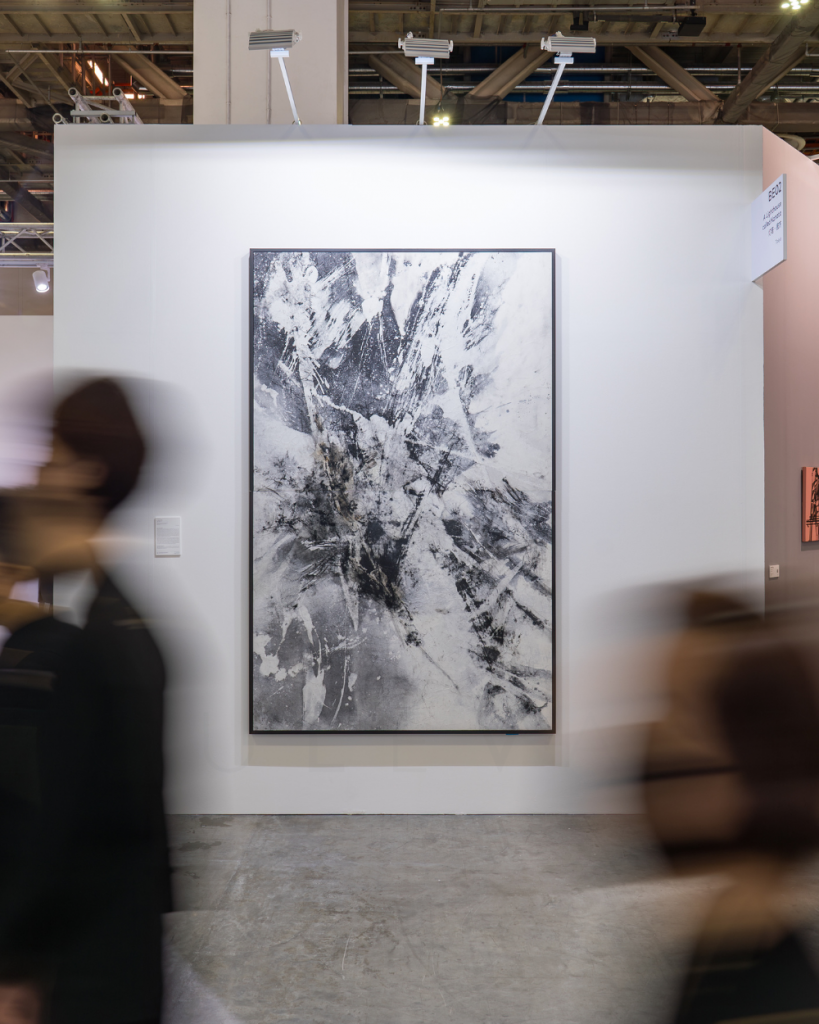
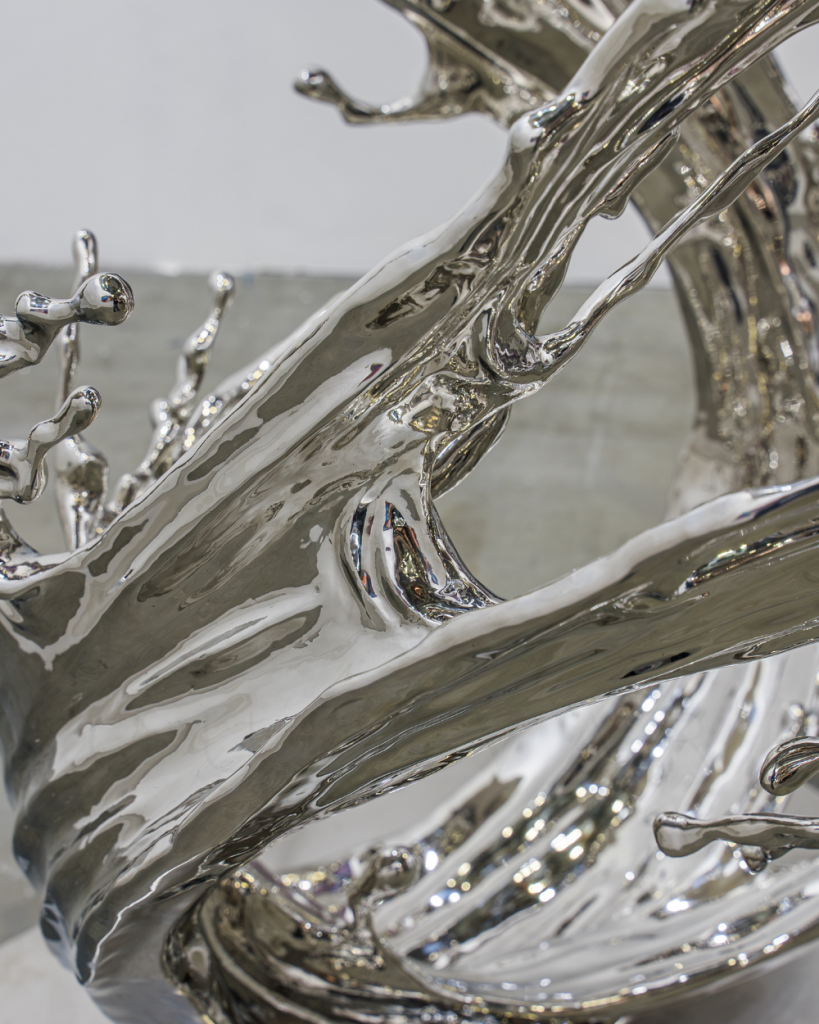
But I think what’s been interesting this year is that there’s been a marked increase in the number of artists that are actually present at the fair, both for the galleries that are presenting their work at the fair, but also other artists who are coming to visit. And there’s a real sense that this is not just a platform for commercial exchange, but it’s also a cultural resource and a platform for cultural exchange. That has the potential to be very meaningful, which we don’t take lightly. We very much want this to be a two-way conversation, as there is much that people within the Southeast-Asia region can learn from international visitors. Similarly, there is a wealth of cultural diversity within Southeast Asia that international visitors can learn from.
“There’s been a marked increase in the number of artists that are actually present at the fair… And there’s a real sense that this is not just a platform for commercial exchange, but it’s also a cultural resource and a platform for cultural exchange.”
We really want to foster this equitable conversation, and I believe that Singapore, with its almost unique 360-degree outlook, is the perfect place to do so. Singapore moves beyond the tired narrative of East versus West, offering a more comprehensive perspective. This makes it an ideal context for the current conversations happening in the art world about reevaluating works from different cultures, as well as their cultural and aesthetic backgrounds. It provides a very fitting environment for these important discussions.
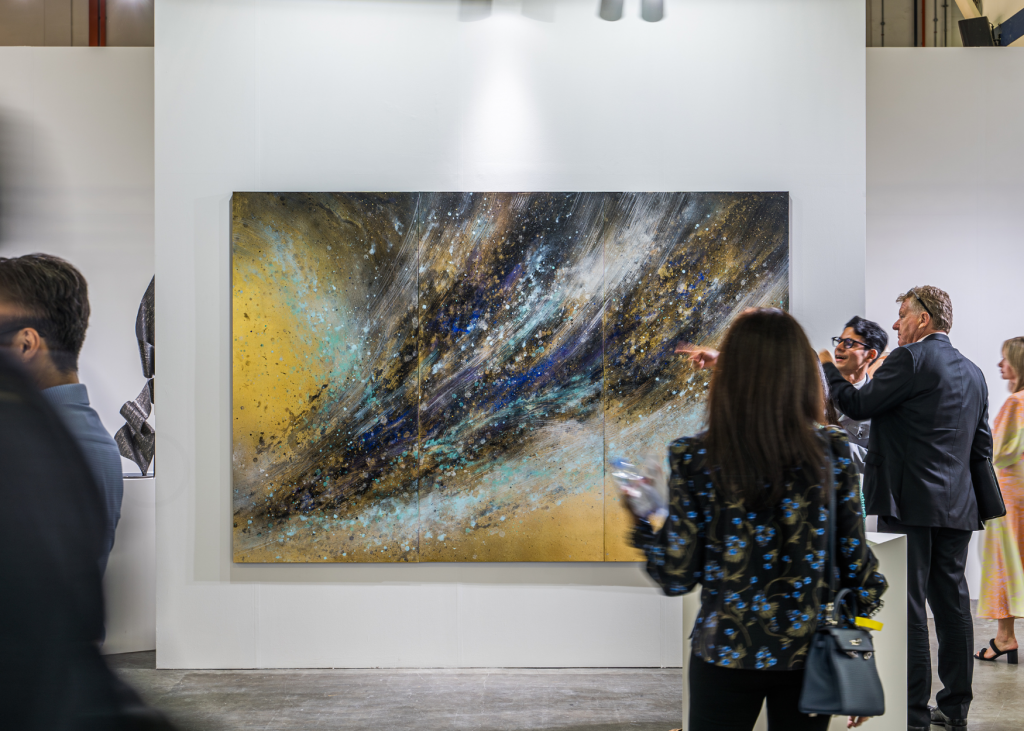
Blvd: What would you say is the level of awareness or the reputation of Southeast-Asian art in Europe or in the United States?
Renfrew: I think there’s a growing awareness of Southeast Asian artists, who are increasingly featured in biennales and triennales around the world, and I believe this trend will continue. There’s a role we play in broadening this awareness. One clear example of this is the participation of top-tier galleries from around the world, who are not only attending the fair but also making research trips before and after the event to other parts of Southeast Asia to engage with institutions and conduct studio visits.
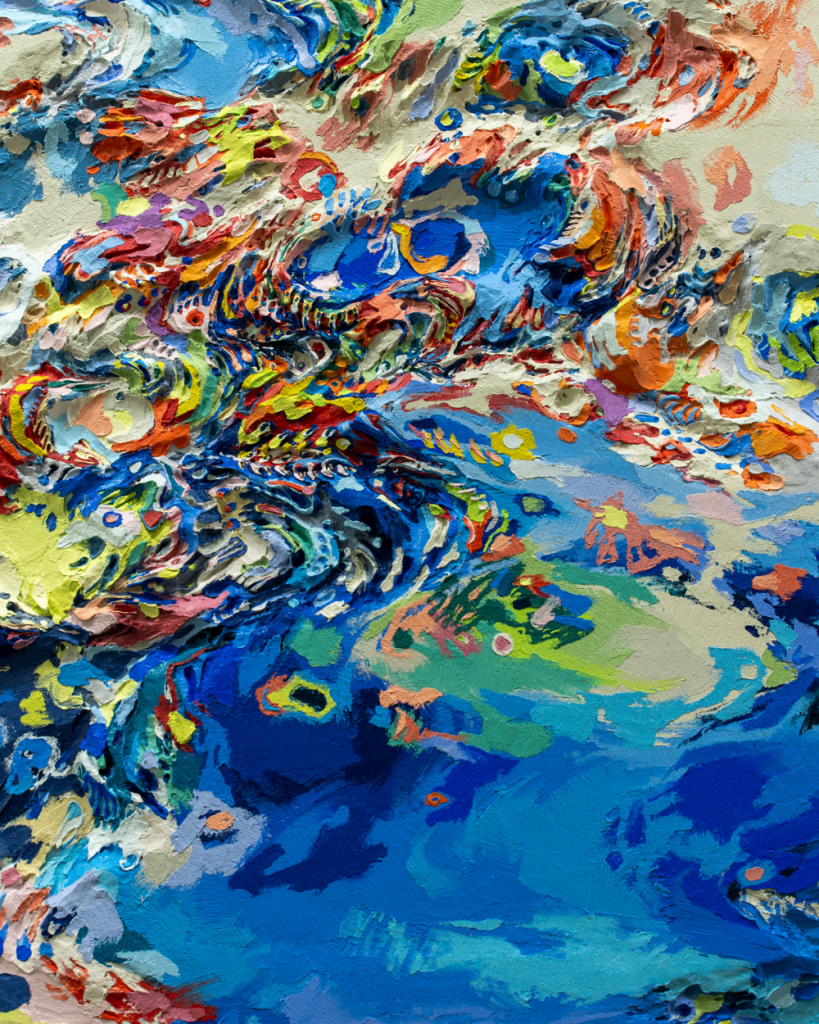
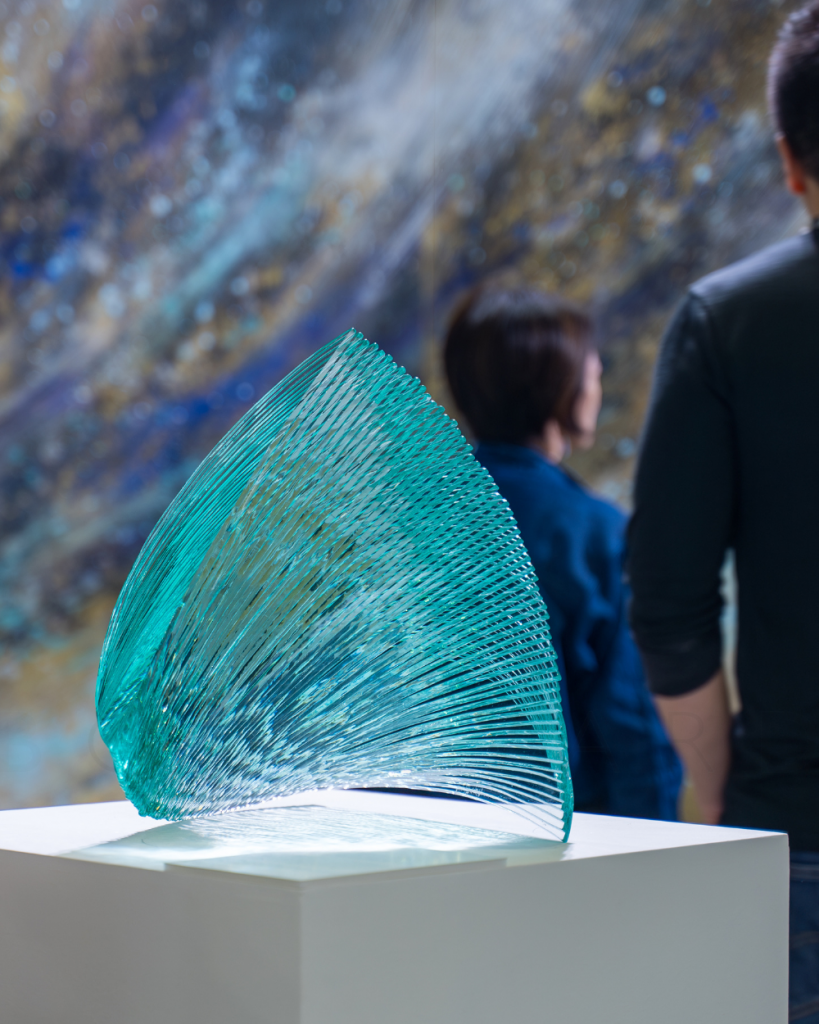
Over the next few years, I believe we’ll organically see an increase in the number of Southeast-Asian artists represented by international galleries in Europe and the United States, as well as in other parts of Asia.
You know, nothing would make us happier than if people discover Southeast Asia through ArtSG, through Singapore – and they go on to explore the extraordinary cultural scenes in Bangkok, Jakarta, Bandung or Manila.
“Singapore moves beyond the tired narrative of East versus West, offering a more comprehensive perspective. This makes it an ideal context for the current conversations happening in the art world about reevaluating works from different cultures, as well as their cultural and aesthetic backgrounds.”
Blvd: Have you made any personal discoveries over the last day in terms of artists and works?
Renfrew: Well, one of the great things I feel – not necessarily personally, but more widely – is the sense of rediscovery, particularly with regard to the artist Kim Lim. She was a Singapore-born artist who moved to the UK, where she married the distinguished artist William Turnbull. She had an incredible practice in her own right, studying at the Slade and Central Saint Martins, and was both a sculptor and printmaker. Her work is now the subject of a major retrospective at the National Gallery of Singapore. In a way, the reinterpretation and re-exploration of her career and its significance parallels the broader story of what’s happening in Southeast Asia, and particularly in Singapore.
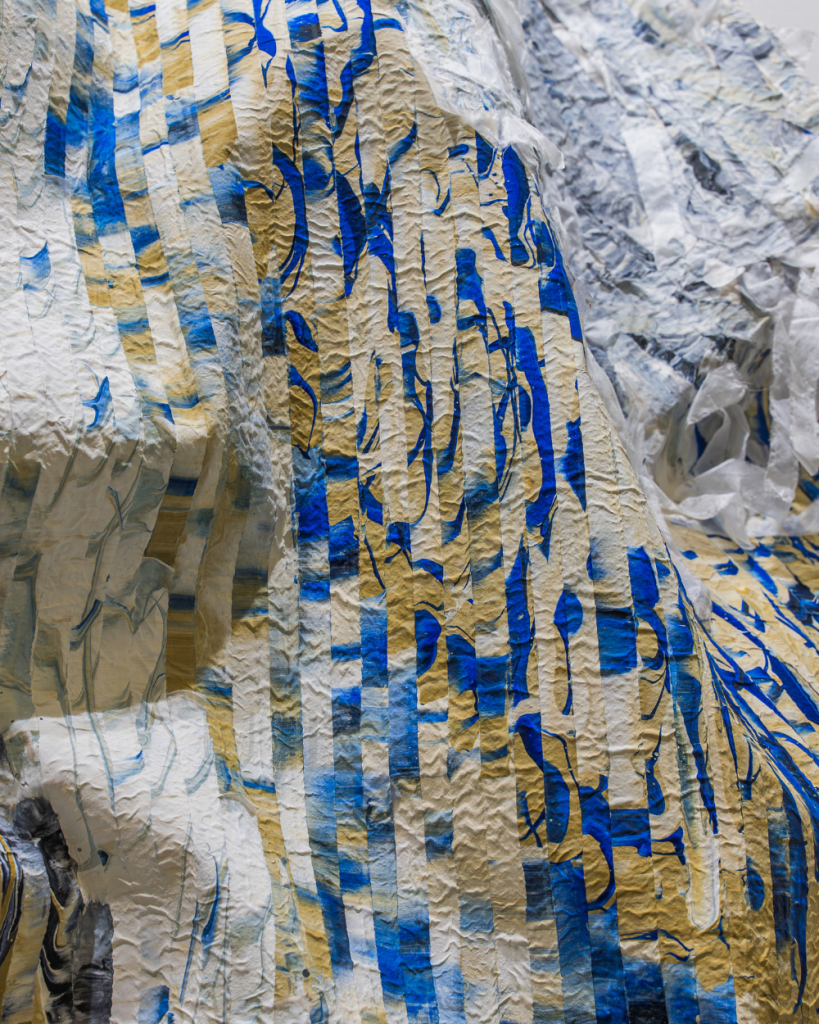
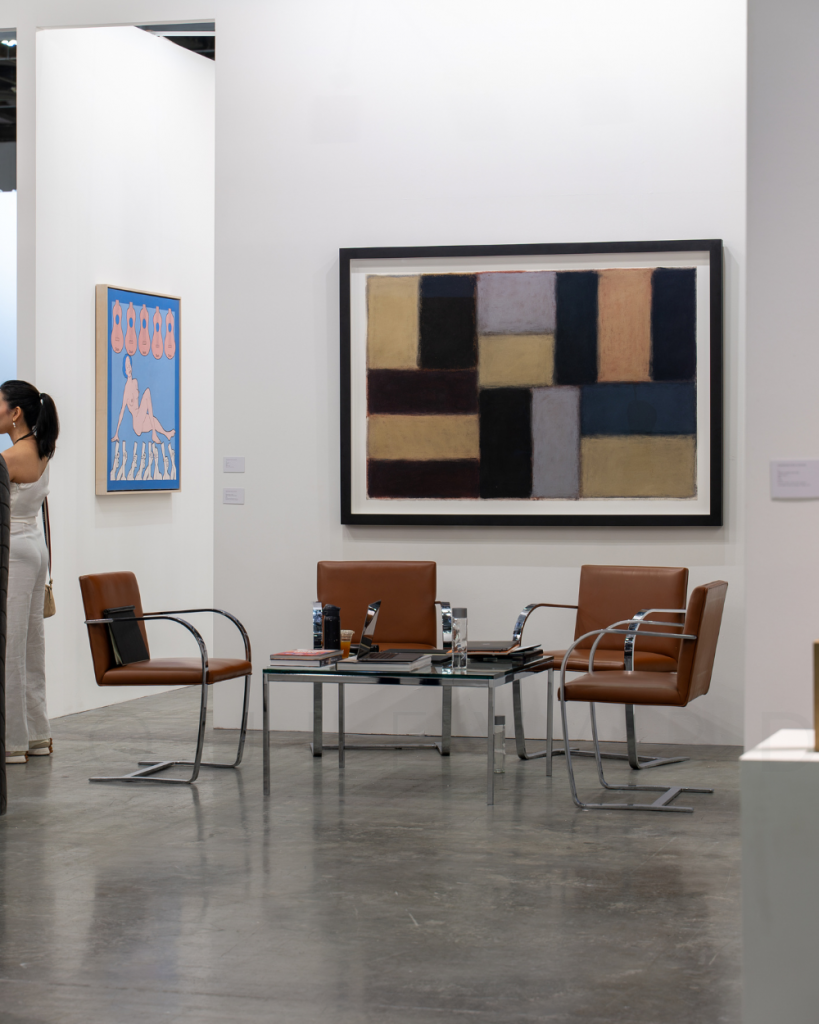
It feels very fitting that this exhibition, celebrating such an extraordinary Singaporean woman, is being curated by fantastic female curators from Singapore who have done an exceptional job. I don’t think this exhibition could have happened anywhere else or been curated by anyone else, in quite this way. In many ways, it reflects the opportunity, promise and excitement of the present moment.
Blvd: Lastly, you mentioned the ongoing need to develop and grow the fair. Given your extensive experience with numerous fairs and years in the art world, what are you still learning?
Renfrew: I’m learning all the time. It’s really the conversations with gallerists, artists, and curators that shape that. When you’re engaging with contemporary art, you’re always learning. And I think one of the key things to convey is that the barrier to engaging with contemporary art is not knowledge. The real barrier is being comfortable with the idea that you don’t have all the answers already, and being open to learning about new things. It’s that journey of coming to understand things better that is a shared experience, whether you’ve been looking at art for 30 or 40 years, as I have, or whether you’re new to it. It’s about being comfortable with not knowing – and not being ashamed of it. That’s how we all learn. If you’re encountering an artwork for the first time, I’m often as clueless as the next person, and I’m completely comfortable with that.
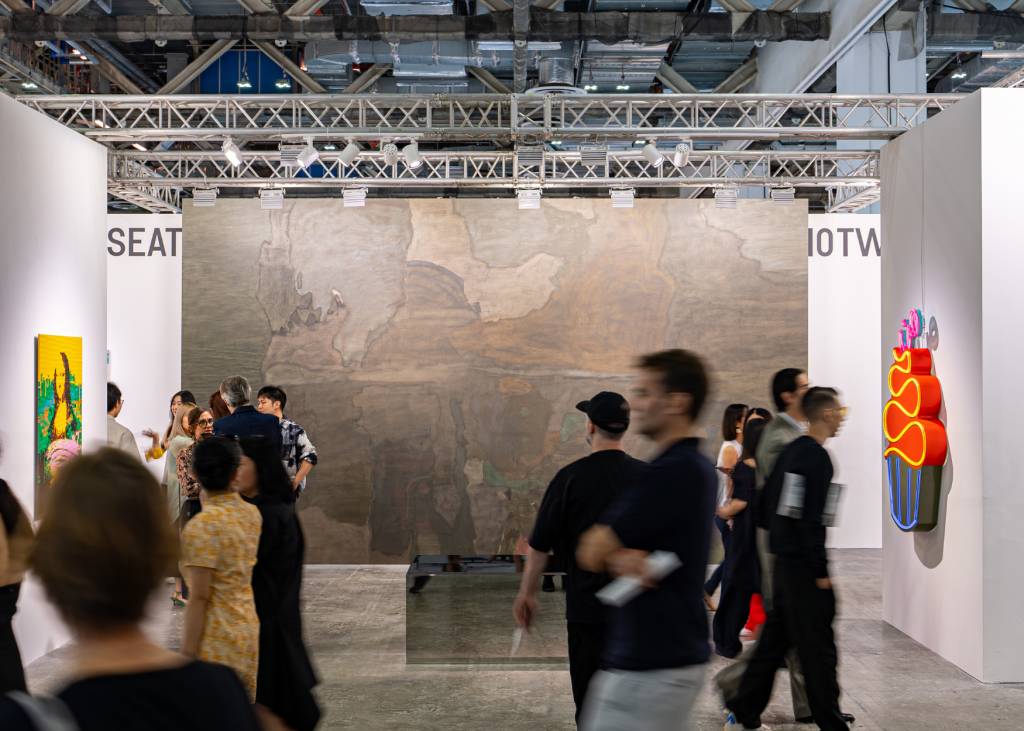
I think that’s the whole fun of engaging with contemporary art. If one is open to it and allows themselves that curiosity, it can truly reframe your thinking on many things. Art is inherently interdisciplinary – it encourages us to step back from our own perhaps narrow view of experience and consider others’ perspectives or recognise shared experiences that resonate with us. It can really help to free up cross-disciplinary thinking by encouraging us to look at things from a different angle. At a time when many innovations depend on applying logic from one sphere to another, I think it’s wonderful that art can help facilitate this mindset, fostering openness and encouraging us to think differently.
Fundamentally, art and artists are just trying to understand the world and their place within it much as we all are. Art can be about the great common human experience of love, loss, sex, death, man’s inhumanity to man, or it can also be a starting point. It could be a question mark. It doesn’t always need to be providing an answer. It can be the starting point of things as well. So, it really should be something that everybody should feel comfortable to engage with.
Read next:
